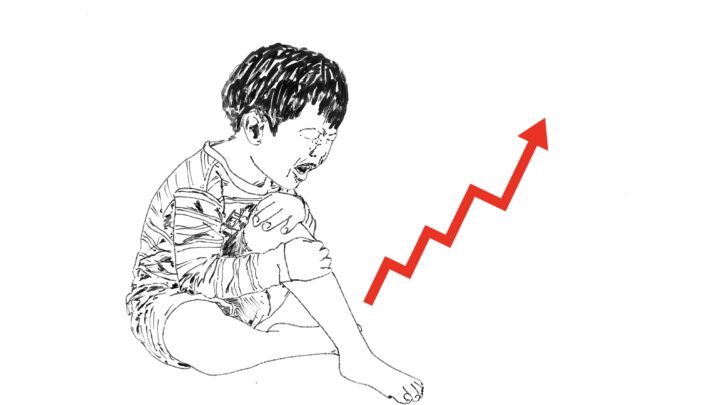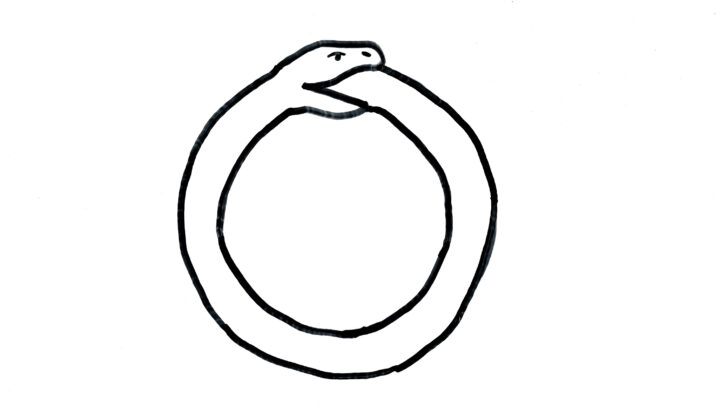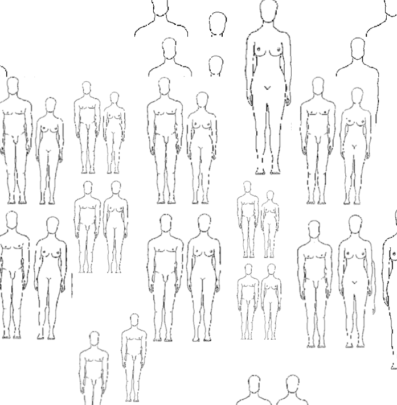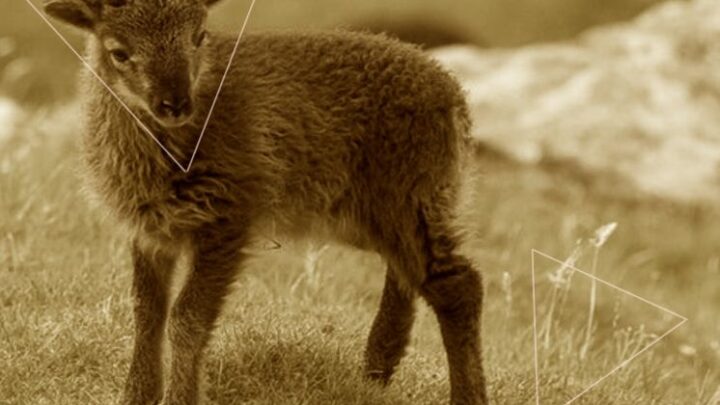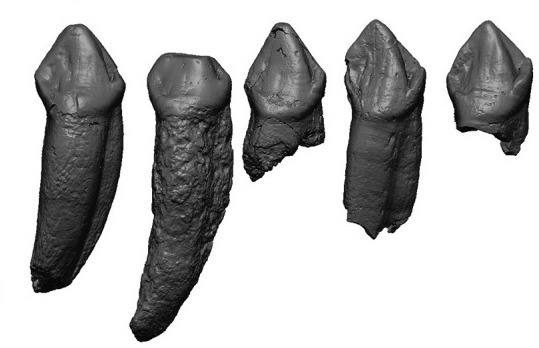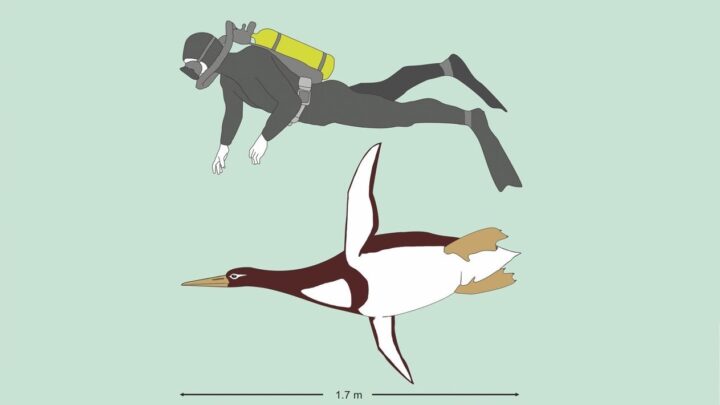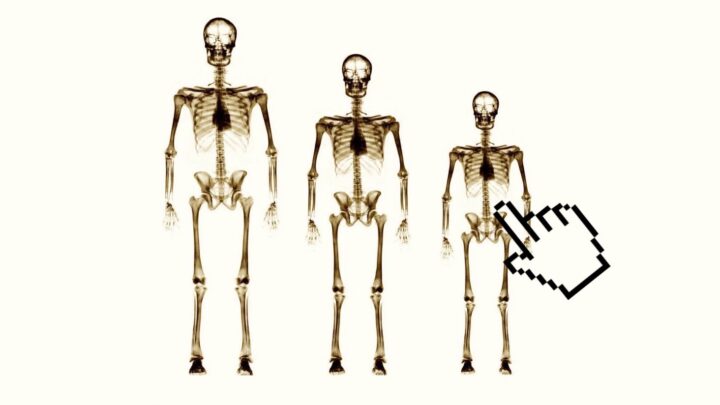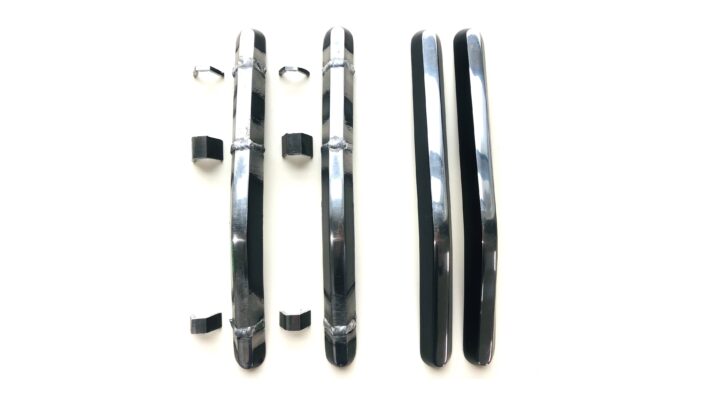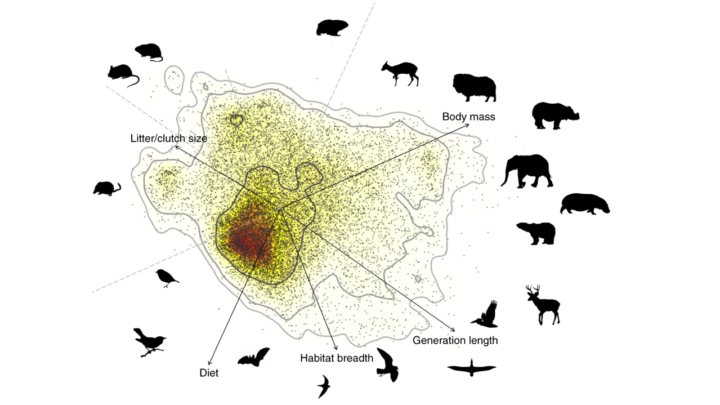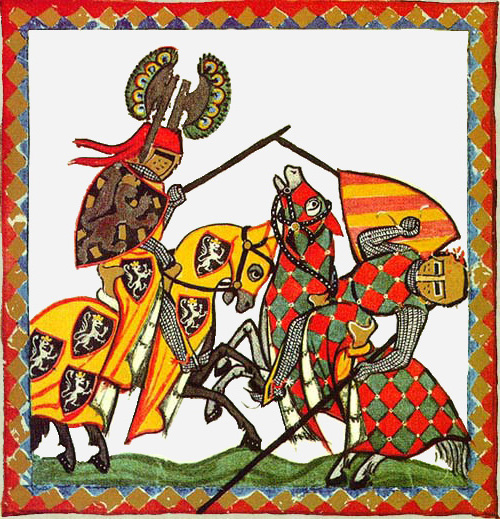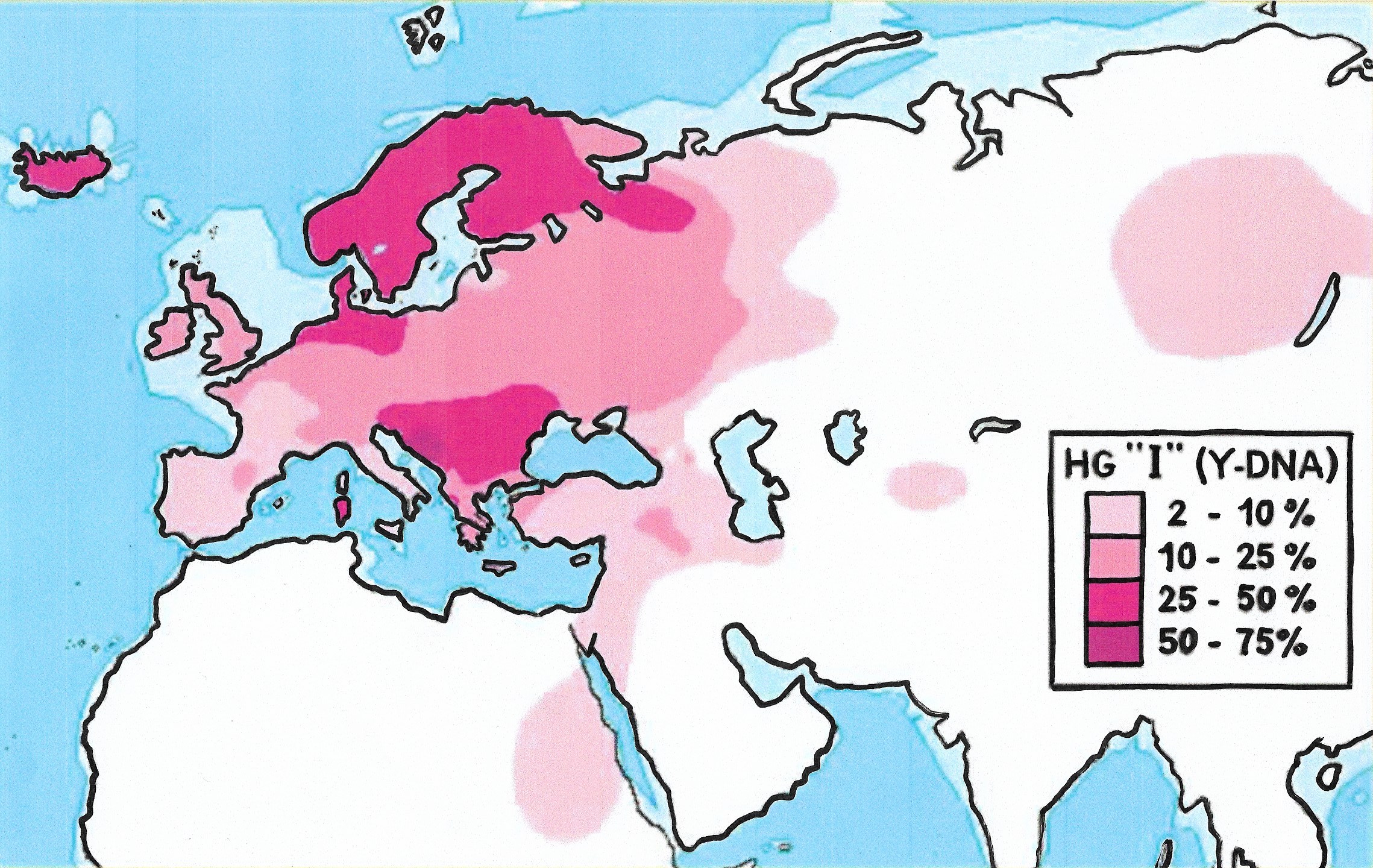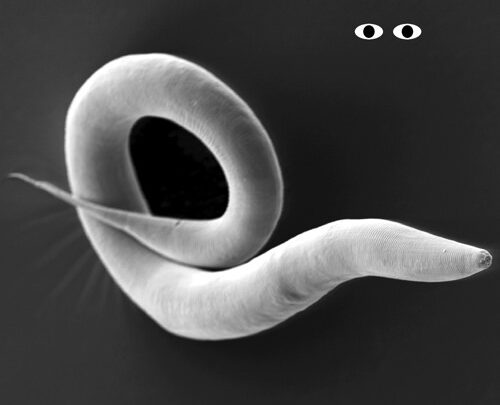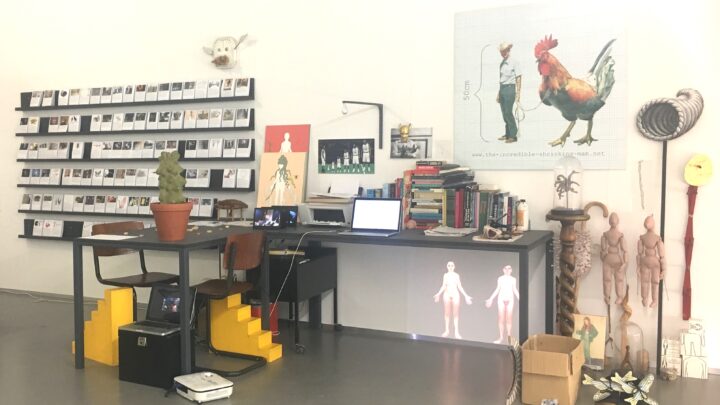Category: Research
Dino/Bird Maker Space
March 25, 2024200 Years of Growing Pain
October 5, 2023The Swallow Cycle
October 2, 2023Type 700 Tom
February 20, 2023Aligning the Loops
February 19, 2023Young Mum Factor
November 22, 2022Environmental Stress Hypothesis
November 10, 2022The past 2.000.000 years have seen an increase in estimated body size among most Homo species from an average of 50 to 70 kg. Environmental challenges, such as arid conditions and low resource availability or habitat instability and resource fluctuation, faced by hominin species, are often overcome by…
Social Canines
October 1, 2022Human-sized Penguin
July 20, 2022Shrinking Human Clickbait?
June 16, 2022Reduced Brackets (Outgrowing Eames)
June 14, 2022A Small Advantage
May 30, 2022Lancelot’s Pony
January 22, 2022Small Amazonians
November 27, 2021The Peruvian Variant
May 30, 2020Haplogroup Hot Switch
April 1, 2018From Model Organism to Spirit Animal
November 22, 2017Studio of Suspended Disbelief
October 9, 2017KancerCel: Dialogues n Malignant Growth
November 23, 2016The Incredible Shrinking Man is interested in the relationship between cancer and our society’s obsession with growth. To connect the desire for less with the necessity to overcome our desire for more Arne Hendriks is developing KankerCel (CancerCell). KankerCel merges the languages of cancer research and…


